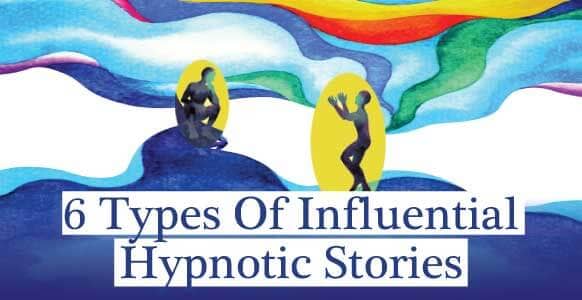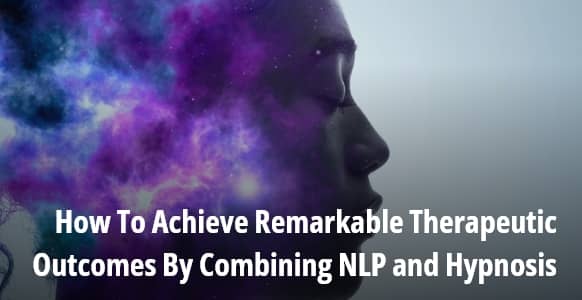
Yin and yang.
Peanut butter and jelly.
Sherlock Holmes and Dr. Watson.
Each of these are powerful on their own, but when combined together they become truly extraordinary.
The same can be said for Neuro-Linguistic Programming (NLP) and Hypnosis. When these two therapeutic approaches are paired together, they produce remarkable outcomes that are far greater than the sum of their parts.
For hypnotherapists and hypnotists, merging NLP with Hypnosis can open up exciting new opportunities to not only facilitate profound transformations for your clients, but also grow your practice and reach more people through your work.
Read on to find out more about the synergy between NLP and Hypnosis and discover how to combine them effectively.
The Powerful Link Between NLP and Hypnosis
What is Hypnosis?
Hypnosis is a trance-like state characterized by heightened focus, concentration, and suggestibility. This state is typically induced by a hypnotist through verbal cues and guided imagery, leading the individual into a deeply relaxed and focused state.
During hypnosis, the conscious mind takes a backseat, allowing the subconscious mind to become more open to suggestions and new ideas.
As a result, Hypnosis has a variety of applications. For example hypnosis can be used to:
- Manage chronic pain by altering the perception of pain and increasing pain tolerance
- Induce deep relaxation, reducing stress and promoting a sense of well-being
- Alter habits and behaviors such as smoking, overeating, and nail-biting by reprogramming the subconscious mind
- Desensitize individuals to phobias and reduce anxiety by reprogramming fear responses
- Enhance performance in athletes, performers and professionals by improving focus, confidence, and performance
What is Neuro-Linguistic Programming (NLP)?
Neuro-Linguistic Programming (NLP) explores the connections between neurological processes, language, and behavioral patterns learned through experience.
At its core, NLP focuses on how individuals organize their thoughts, feelings, and actions to achieve desired outcomes. This means NLP can be used to:
- Enhance personal growth and development by overcoming limiting beliefs, building self-confidence and improving communication skills
- Facilitate emotional healing and behavioral change, such as overcoming phobias, reducing stress and overcoming addictions
- Optimize performance, achievement and goal setting by boosting positive mental states and increasing motivation
- Improve leadership, management and sales skills by increasing personal influence and building stronger rapport
As you’ve probably noticed, Hypnosis and NLP overlap in their applications, which is exactly what makes their combination so powerful.
By integrating NLP’s precise language and cognitive techniques with the deep, suggestible state induced by hypnosis, therapists can achieve faster and more profound therapeutic results.
The complementary strengths of NLP and hypnosis create a synergistic effect, allowing for more effective reprogramming of the subconscious mind, deeper emotional healing, and quicker behavioral modification.
The Synergy of NLP and Hypnosis
NLP and hypnosis are intrinsically linked.
NLP was developed by Richard Bandler and John Grinder, who studied the work of renowned hypnotherapist Milton Erickson.
They discovered that Erickson’s hypnotic language patterns could be modeled and used to create similar therapeutic outcomes without the formal induction of a trance. Combining these modalities leverages the strengths of both, allowing for a versatile and dynamic approach to therapy.
As a result, NLP and hypnosis complement each other beautifully in facilitating behavioral change and mindset shifts.
While hypnosis provides access to the subconscious mind, NLP offers a range of techniques to reprogram limiting beliefs and behaviors. This synergy can accelerate the healing process and create lasting change.
Practical Applications of NLP in Your Hypnosis Practice
Incorporating NLP techniques into your hypnosis sessions can be straightforward and highly effective. Here are some key NLP techniques you can leverage to enhance the hypnotic experience, making your sessions more impactful and transformative.
- Anchoring Positive States: Use hypnosis to guide clients into a deep state of relaxation and then apply NLP anchoring techniques to anchor positive states. For example, have the client recall a time they felt extremely confident and anchor this state with a physical touch, like pressing their thumb and forefinger together. This anchor can be used later to evoke the same feeling of confidence.
- Reframing with Hypnosis: Reframing is an NLP technique that changes the context or meaning of a situation to alter its emotional impact. In hypnosis, you can guide the client to visualize a troubling situation and then reframe it by changing the narrative or perspective, thereby reducing its negative impact.
- Timeline Therapy: This technique involves guiding the client back to significant past events to release negative emotions and limiting decisions. Combining this with hypnosis can deepen the client’s trance state, making the timeline work more effective as they reprocess past events in a safe, controlled manner.
- Utilizing Metaphors: Both NLP and hypnosis extensively use metaphors. Crafting personalized metaphors that resonate with the client’s experiences can facilitate profound insights and transformations. For instance, in a hypnotic state, you might tell a story that parallels the subject’s journey, helping them see their situation in a new light.
- Swish Pattern: An NLP technique where you rapidly replace a negative image in the mind with a positive one. In a hypnotic state, this technique can be even more powerful as the client’s unconscious mind is more receptive to change. Guide them to visualize the negative image and then quickly replace it with a positive one, reinforcing the new, desired outcome.
If you’re curious to discover more about how to integrate these NLP techniques into your hypnosis practice take a look at the How To Use NLP in Hypnosis For Amazing Results training program.
With some practice, you can start combining NLP and hypnosis creating a more powerful way to help people. In fact, here are some of the exciting benefits of blending these two approaches together:
Enhanced Communication & Influence: NLP patterns heighten the persuasive impact of hypnotic suggestions. This synergy allows for more effective communication and influence during sessions, ensuring that suggestions resonate deeply with the subconscious mind.
Faster Rapport Building: NLP techniques such as mirroring and matching can quickly establish rapport with clients, creating a trusting environment that is conducive to deeper hypnotic work.
Rapid & Effective Change Work: The combination allows for rapid reprogramming of limiting beliefs and behaviors by accessing the unconscious mind through hypnosis and reinforcing changes with NLP strategies so you can deliver more impactful sessions so your subjects notice quicker, more profound changes, which enhances their overall experience.
Increased Hypnotic Versatility: Gain flexibility and versatility in your therapy sessions by growing your toolkit and having a number of approaches to choose from to deliver the best results for your clients.
Greater Confidence: Having the unique dual knowledge of NLP and hypnosis increases your confidence as a hypnotist helping you approach each session with assuredness and versatility knowing you have the skills to help a wider range of clients.
Resources and Further Training
The integration of NLP and hypnosis can help you unlock new levels of success and fulfillment in your practice and the lives of your clients. Experiment with NLP techniques, try out new strategies, and witness the incredible impact of this dynamic duo on your therapeutic journey.
For practitioners looking to deepen their understanding of NLP in hypnosis, consider exploring the How to Use NLP in Hypnosis for Amazing Results training program to get the most comprehensive training on how to start blending NLP into your hypnosis practice today.

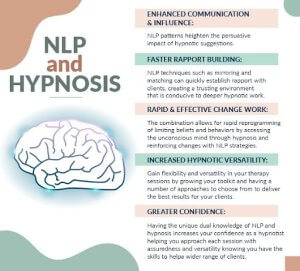
![[ARTICLE] How Communicating With Your Unconscious Mind Transforms Your Life [ARTICLE] How Communicating With Your Unconscious Mind Transforms Your Life](https://hypnosistrainingacademy.com/wp-content/uploads/2025/11/communicate-with-your-unconscious-mind.jpg)
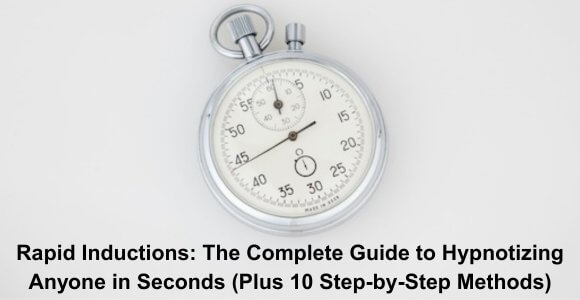
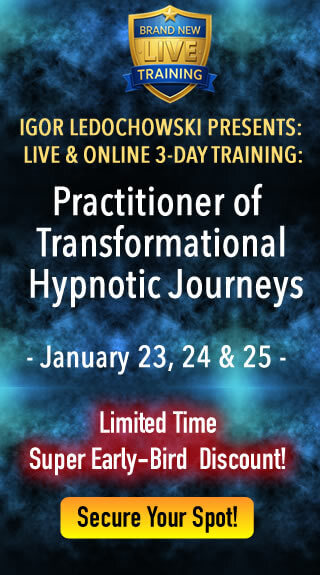

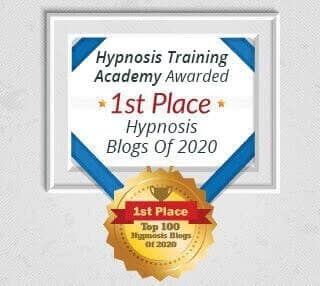
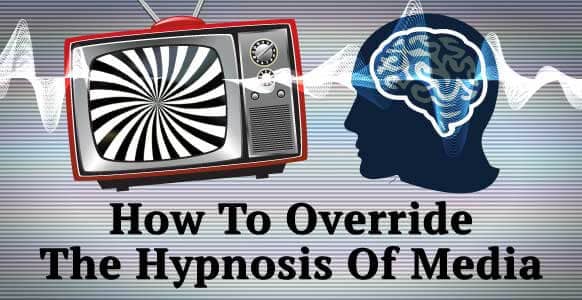
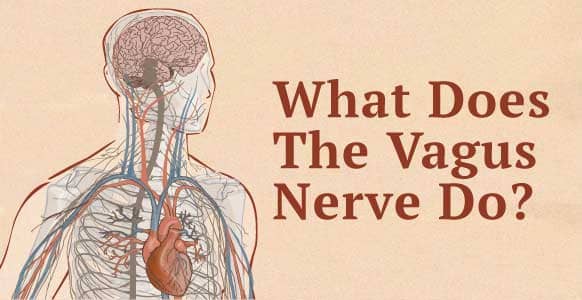

![[ADVANCED GUIDE] How To Master Hypnotic Regression Therapy - Part I: Essential Principles To Profoundly Transform Your Subject’s Emotional Trauma [ADVANCED GUIDE] How To Master Hypnotic Regression Therapy - Part I: Essential Principles To Profoundly Transform Your Subject’s Emotional Trauma](https://hypnosistrainingacademy.com/wp-content/uploads/2016/09/hypnotic-regression-therapy-essential-principles.jpg)
![Yogic Breathing For Hypnosis: 3 Easy Techniques To Ground & Relax Your Clients Before Inducing A Hypnotic Trance [Includes Infographic] Yogic Breathing For Hypnosis: 3 Easy Techniques To Ground & Relax Your Clients Before Inducing A Hypnotic Trance [Includes Infographic]](https://hypnosistrainingacademy.com/wp-content/uploads/2019/05/yogic-breathing-for-hypnosis.jpg)
